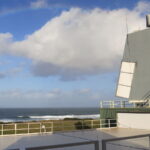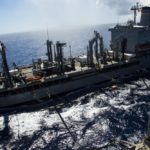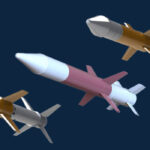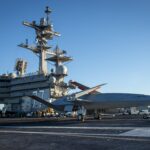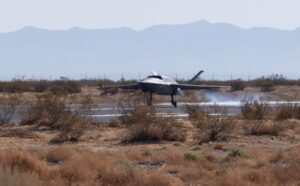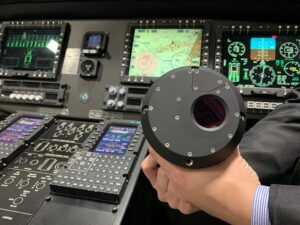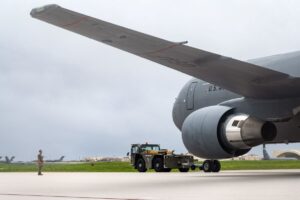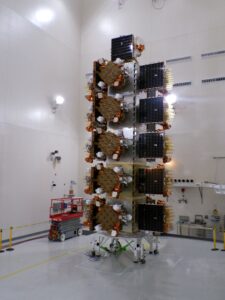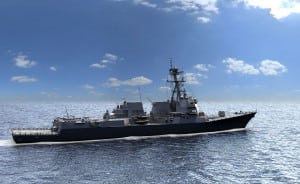
The centerpiece of the new Flight III Arleigh Burke-class destroyers—the AN/SPY 6V Air and Missile Defense Radar (AMDR) by Raytheon [RTN]—is on track to begin developmental testing this summer at the Pacific Missile Range Facility in Hawaii, a Navy program official said Wednesday."I think we have all of the usual challenges for a system that is going through the EMD (engineering and manufacturing development) phase...but no unusual challenges,” Capt. Mark Vandroff, program manager for DDG-51 shipbuilding, said during a briefing…

